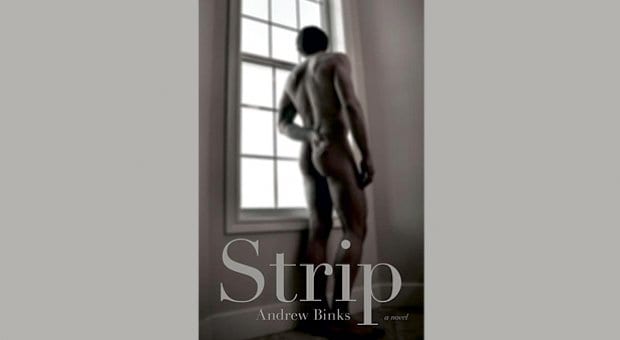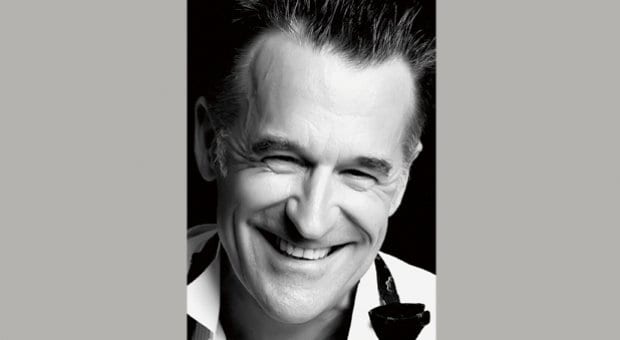
???? Credit: ????
It was inadequacy, in part, that drove Andrew Binks to write Strip; an attempt to tie up the loose laces of his ballet slippers.
“There’s a certain amount of regret,” the author says candidly of that period of his life, in the 1980s. “Just a tremendous sense of inadequacy, really.”
Binks’s second novel follows college dropout turned ballet dancer John, as he transitions from pointe shoes gliding across a concert hall as second soloist for a prestigious dance company to bare feet on a sticky stripper stage in a garish Old Quebec nightclub.
Like his main character, Binks has had careers both as a professional ballet dancer and as a stripper. Although he maintains that his novel is not a memoir — even rewriting portions that relied too heavily on personal experience to make the plot more interesting — it is based on real life and a desire to find resolution.
“Kent was based on a very real person,” he says. “There was some kind of relationship and resolution that I wanted to achieve through the writing of the story, which I think in real life never completed itself. So I struggled with that. There’s sort of a ‘what may have been.’”
In Strip, we first meet John in a stairwell, where he lies naked and bleeding after a rape. “More naive than self-destructive” is how Binks describes his blond, pretty boy from an upper-middle-class Alberta family who dances across Canada, eventually unwinding from an interminable pirouette and finding himself in a dizzying confrontation with the demanding, ruthless and anorexic world of ballet.
It was an anything-goes era full of possibility, overshadowed by fear.
“There was this unknown element [to AIDS] then,” Binks says. “So when somebody close to you was sick, you were confronted with these feelings of how close can I be with this person? And the shame of feeling that way because instinctively you knew we could share the same spoon or whatever, but then there was this real science-fiction element to it, about what might make you sick.”
Even more than capturing the onset of AIDS or the liberation it curtailed, Binks’s true triumph lies in transporting the reader into the tragic and enchanting life of a dancer. With each page I flipped, I hoped my spine would elongate, my heels would arch and my destiny would be as divine as the restless dreamers he so intimately depicts.
Three decades on, John and Binks’s story remains relevant. Earlier this year, CockyBoys pornstar Jett Black, birth name Jeppe Hansen, was allegedly kicked out of the Royal Winnipeg Ballet for “taking a different standpoint artistically” through his sex work, he claims.
“They told me … they didn’t have any space for me because I did porn,” Hansen told CBC in July. Asked to comment, ballet officials refused to discuss personnel issues.
Binks says he wouldn’t be surprised if a ballet company looked unfavourably on a side career in porn.
“Working in the company or in the professional program is all-encompassing,” he says. “It seemed to me that any outside activity was more or less frowned upon as your life should have been completely devoted to dance. … It was a closed world.
“Although I don’t know the specifics of Jett Black’s case, it is certainly the company’s loss if they gave him no ultimatum or provided no support to make ends meet, as it were. He seems to be a fine dancer — not to mention pornstar.”
Like John in Strip, Hansen found that his sexuality was “unleashed” after being pushed out of professional dance.
“I think the outside world perceives dance as a very gay place, and yet when you’re there it’s not,” Binks says. “It may be easier to connect with other gay people and be more relaxed in your behaviour, but you’re still going to run into people who have very strong opinions about sexuality.”
Strip
By Andrew Binks
Nightwood Editions
andrewbinks.ca

 Why you can trust Xtra
Why you can trust Xtra


